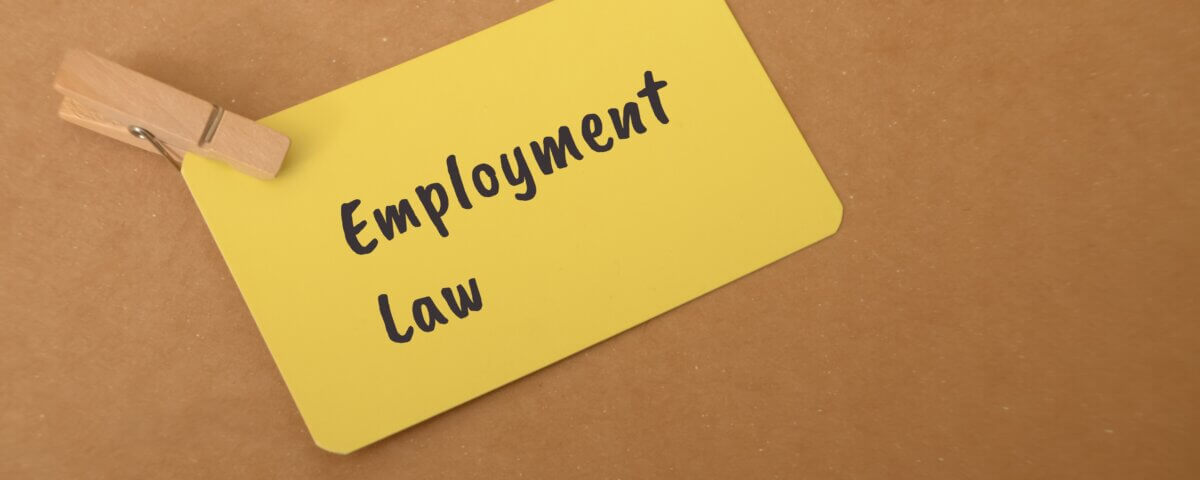California has some of the strongest meal and rest break protections in the United States. When employers violate these laws, employees may be entitled to significant financial penalties, extra pay, and legal remedies. This guide breaks down exactly how meal and rest breaks work, what employers must legally provide, and what workers can do when their rights are violated.
Overview of Meal and Rest Break Laws in California
Meal and rest break rules are governed by the California Labor Code and enforced by the Division of Labor Standards Enforcement, also known as the Labor Commissioner’s Office. These rules are designed to ensure employees have adequate time to rest, eat, and recover during their work shift. The state publishes official guidance through the California Department of Industrial Relations at https://www.dir.ca.gov/dlse/ which outlines these protections in detail.
If an employer does not allow employees to take their required breaks, they must pay a legal penalty known as a premium wage. These violations are extremely common, especially in high demand industries like retail, restaurants, warehouses, logistics, and healthcare.
Meal Break Requirements Under California Law
California requires unpaid meal breaks for employees who work more than 5 hours in a day.
Every Shift Over 5 Hours Must Include:
A 30 minute uninterrupted, off duty meal break. Employees must be free to leave the worksite and relieved of all duties. If the shift is 6 hours or less, the employee and employer may agree to waive the meal break, but the waiver must be voluntary.
Second Meal Break Requirement
Employees who work more than 10 hours in a day are entitled to a second, separate 30 minute meal break. This break can be waived only if the employee took the first meal break and the total shift does not exceed 12 hours.
When Meal Breaks Must Be Paid
The meal break must be paid if the employee is:
- Required to remain on duty
- On call
- Not allowed to leave the workplace
- Performing any work tasks at all
- Interrupted during the meal period
In these situations, the meal period becomes an on duty meal break and must be fully compensated.
Rest Break Requirements Under California Law
Rest breaks are paid, duty free breaks that must be provided according to the length of the workday.
Every 4 Hours Entitles the Employee to One 10 Minute Rest Break
California requires:
- One 10 minute paid rest break for every 4 hours worked
- The break should be taken in the middle of the work period if possible
- Employers cannot require employees to stay on call or remain reachable
Unlike meal breaks, rest breaks cannot be waived. Employers must provide them and must not interfere with the employee’s ability to take them.
The California Labor Code explains the rest period rules in detail at https://leginfo.legislature.ca.gov, which provides the state’s official statutory definitions and requirements.
Common Employer Violations
Meal and rest break violations happen across many industries. Common violations include:
- Not providing breaks at all
- Forcing employees to work through breaks
- Requiring employees to take late or shortened breaks
- Not paying the premium wage for missed breaks
- Not allowing employees to leave the work area
- Scheduling break times that do not comply with the law
- Pressuring employees to clock out early
- Denying breaks due to understaffing
Even a single violation creates a legal right to compensation.
Premium Pay for Missed Breaks
If an employer fails to provide a meal or rest break, the employee is entitled to:
One additional hour of pay at their regular rate for each day a meal break was not provided
and
One additional hour of pay at their regular rate for each day a rest break was not provided
This means an employee may be owed up to two hours of premium pay per day if both a meal break and a rest break were violated.
How Employees Can Prove a Break Violation
Good evidence can make a strong case. Employees should collect:
- Timecards
- Timesheets
- Schedules
- Co worker statements
- Messages about breaks or staffing
- Paystubs
- Notes about missed or interrupted breaks
Employers often keep incomplete or inaccurate records, which can help the employee’s case.
Industries Most Commonly Involved in Break Violations
While break violations can happen anywhere, they are especially common in:
- Restaurants and fast food
- Retail stores
- Warehouses and delivery companies
- Manufacturing
- Hospitality
- Security companies
- Medical offices and healthcare facilities
- Call centers
High pressure work environments tend to create more violations.
Why Meal and Rest Break Laws Matter
Break laws are not technicalities. They exist to protect worker health, reduce fatigue, and prevent injuries. When employees do not get proper breaks, they are more likely to develop stress related conditions, feel overworked, and experience burnout. Studies show that proper rest improves morale, safety, and productivity.
Employee Rights and Legal Remedies
Employees can recover premium pay, interest, penalties, attorneys fees, and other damages. In some cases, break violations reveal deeper wage theft problems, which can increase the value of a claim.
Final Thoughts
California meal and rest break laws are clear, strict, and designed to protect employees. When employers fail to follow the law, they can be held financially responsible. Workers who believe their breaks were denied, shortened, interrupted, or unpaid have the right to pursue compensation.
Note: These blog posts are created solely for the use of Hillstone Law. The information is gathered from internet research, publicly available sources, and artificial intelligence (AI) tools such as ChatGPT. While we aim to share helpful and educational content, Hillstone Law does not independently verify every detail. Some information may be incomplete, outdated, or subject to change without notice. If you believe any part of a post is inaccurate, misleading, or infringes upon copyright, please contact Hillstone Law immediately so we can review it and take appropriate action, including correction or removal.
Disclaimer: The material provided in these blogs is for general informational purposes only and should not be considered legal advice. Reading these posts does not create, and is not intended to create, an attorney-client relationship with Hillstone Law. Our intent is to share knowledge, raise awareness, and provide helpful resources to the public; however, Hillstone Law makes no warranties or guarantees about the accuracy, completeness, or reliability of the information provided, and expressly disclaims liability for any actions taken in reliance on it. The photos used in these posts are for illustrative purposes only and do not depict actual clients, individuals, or incidents unless expressly stated. If you or a loved one has been injured in an accident, please contact Hillstone Law at (855) 691-1691. Our attorneys are available to answer your legal questions and help you understand your rights.








